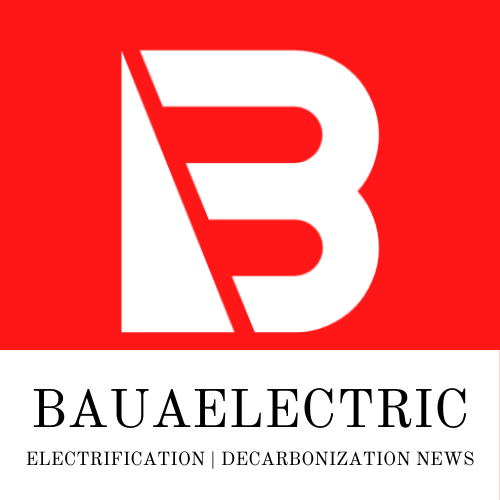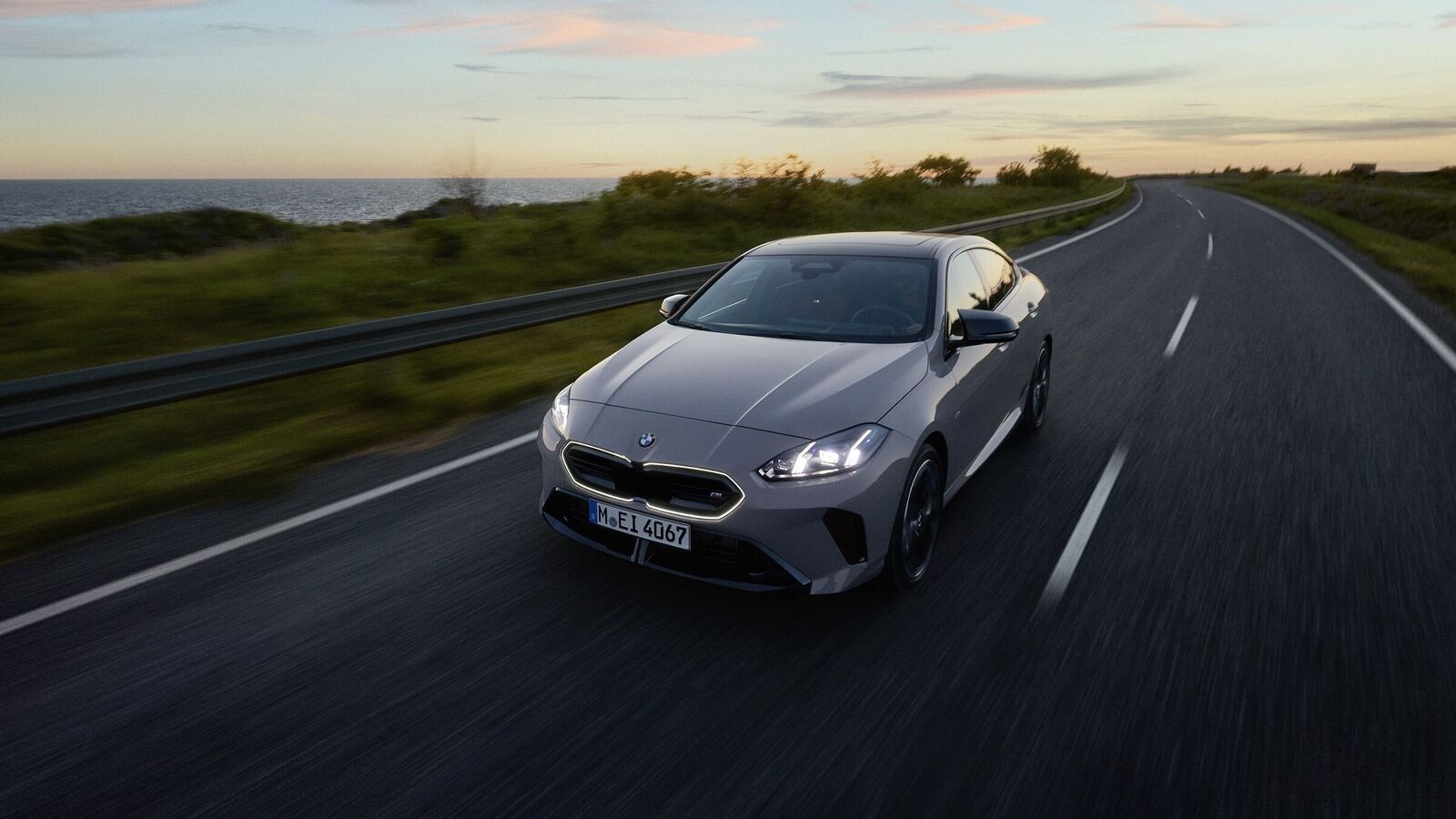The latest US EIA and FERC data reflect a decade of explosive solar and wind growth – here’s how it breaks down.
The SUN DAY Campaign reviewed EIA’s latest monthly “Electric Power Monthly” report (with electrical generation data through June 30, 2024) and compared it to EIA’s data for June 30, 2019 and for June 30, 2014. It also examined FERC’s latest monthly “Energy Infrastructure Update” report (with installed generating capacity data through June 30, 2024) and likewise compared it to FERC’s data for June 30, 2019 and for June 30, 2014.
The installed US generating capacity mix of all renewable energy sources (i.e., biomass, geothermal, hydropower, solar, and wind) now totals 389 gigawatts (GW). That’s over 50% greater than five years ago (258.58 GW) and more than double the renewable energy capacity that existed a decade ago (190.26 GW). Most of the growth is because of new solar and wind capacity.
Similarly, electrical generation by renewables has shown strong growth. Ten years ago, renewables provided 14.28% of the nation’s electrical generation. Five years later, it had grown to 20.11% and today stands at 26.01%. Again, most of the increase is due to wind and solar.
For the first half of 2024, renewables, including small-scale solar, provided 549,339 gigawatt-hours (GWh) of electrical generation. That’s almost 40% more than the amount renewables generated in the first half of 2019 (399,586 GWh) and nearly double the output reported for the first half of 2014 (287,136 GWh).
Over the past decade, wind has become a leader
Ten years ago, hydropower boasted about 62% more capacity than wind (99.64 GW vs. 61.45 GW) and generated 40% more electricity (140,659 GWh vs. 99,739 GWh).
Five years later, the two were nearly equal in both capacity (hydro: 100.73 GW vs. wind: 98.86 GW) and electrical generation (hydro: 153,790 GWh vs. wind: 154,338 GWh).
Now, however, wind has definitively overtaken hydropower with 152.64 GW of installed capacity compared to that of hydro (100.88 GW) as well as 247,435 GWh of actual electrical output during the first six months of 2024 compared to 126,139 GWh from hydro.
As of mid-2024, wind accounted for 11.72% of total US electrical generation. Five years prior, it was 7.77%, and a decade ago, its share (4.96%) was less than half of today’s figure.
Wind’s share of total installed generating capacity as of June 30, 2024, was 11.75% – a significant increase from its 8.25% share five years earlier and 5.26% a decade ago.
Solar is the fastest-growing source of new capacity and generation
In the past decade, solar has ballooned from a fraction of a percent of both capacity and generation to become the second-largest renewable in both categories.
At the end of June 2014, utility-scale solar provided a mere 9.25 GW (0.75%) of total installed US generating capacity. Generation by utility-scale solar (8,535 GWh) was only 0.42% of the US total and EIA wasn’t even reporting generation by distributed, small-scale (i.e., <1 MW) systems yet.
However, five years later, solar capacity (39.13 GW) accounted for 3.27% of total utility-scale capacity. Actual generation by utility-scale facilities in the first half of 2019 had risen more than fourfold to 36,042 GWh (1.81% of the total) with small-scale solar contributing an additional 17,520 GWh (0.88%).
By the middle of 2024, installed solar capacity had risen to 8.99% of total utility-scale capacity. Utility-scale systems generated 102,614 GWh (4.86%) and small-scale systems added another 42,449 GWh (2.01%).
This rate of solar and wind growth has defied expectations. Three years ago, FERC had projected that installed utility-scale solar capacity would reach 105.04 GW by mid-year 2024. Solar’s actual capacity today is 11.2% more than FERC’s earlier forecast. In addition, wind’s installed capacity is now 2.4% higher than FERC had anticipated.
Hydropower and geothermal ebbs and flows, biomass drops
Over the past decade, the installed capacity of hydropower has edged up very slowly from 99.64 GW in June 2014 to 100.73 GW five years later and 100.88 GW today. Because the installed capacity of all energy sources combined has grown by over 8% during the past 10 years, hydropower’s share of capacity has gradually declined from 8.57% in 2014 to 8.41% in 2019, to 7.77% in 2024.
Electrical generation by US hydropower facilities has ebbed and flowed from year to year. For example, it was 140,65 GWh in the first half of 2014 (7% of the total) and then 153,790 GWh in mid-2019 (7.74%) and is now 126,139 GWh (5.97%) for the first six months of 2024.
Electrical generation by biomass, as well as its share of installed generating capacity, has been on a slow decline for the past 10 years. FERC data indicate that utility-scale biomass capacity dropped from 16.05 GW (1.37% of the total) in mid-2014 to 16.02 GW (1.34%) in mid-2019 to 14.54 GW (1.12%) in mid-2024. Correspondingly, actual electrical generation fell from 30,095 GWh (1.50%) during the first half of 2014 to 29,520 GWh (1.49%) five years later and then to 23,062 GWh (1.09%) this year.
The smallest renewable energy source – geothermal – has shown a pattern similar to that of hydropower. Its installed capacity has risen slightly from 3.87 GW in 2014 to 4.14 GW today, while its share of the US total has consistently hovered around 0.32-0.33%. Actual generation has ebbed and flowed over the past decade providing 8,108 GWh (0.40%) in the first six months of 2014, then 8,376 GWh (0.42%) in the first half of 2019, and now 7,640 GWh (0.36%).
“Notwithstanding minimal changes in the contributions by hydropower, biomass, and geothermal, renewable energy sources have doubled their share of US generating capacity and electrical output over the past 10 years thanks to explosive growth by both wind and solar,” noted the SUN DAY Campaign’s executive director Ken Bossong. “If the trends of the preceding decade continue, renewable energy sources could account for 40% or more of capacity and actual generation by 2035.”
Read more: Q3 2024 update: How many US EV charging ports there are now
If you live in an area that has frequent natural disaster events, and are interested in making your home more resilient to power outages, consider going solar and adding a battery storage system. To make sure you find a trusted, reliable solar installer near you that offers competitive pricing, check out EnergySage, a free service that makes it easy for you to go solar. They have hundreds of pre-vetted solar installers competing for your business, ensuring you get high quality solutions and save 20-30% compared to going it alone. Plus, it’s free to use and you won’t get sales calls until you select an installer and share your phone number with them.
Your personalized solar quotes are easy to compare online and you’ll get access to unbiased Energy Advisers to help you every step of the way. Get started here. –trusted affiliate link*
FTC: We use income earning auto affiliate links. More.




